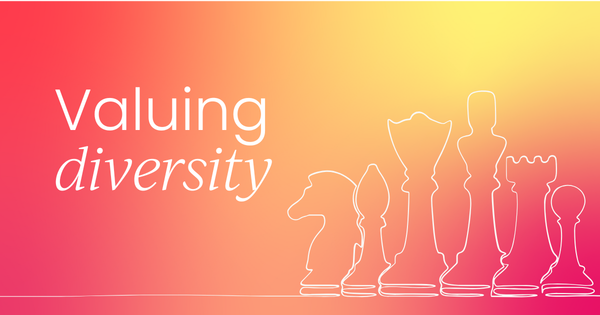“Starbucks is a tremendously, tremendously diverse organization and will continue to be a tremendously diverse organization, just by the nature of our mission, our values, and how we operate around the world.” – Brian Niccol, Starbucks CEO
Why should you value diversity?
Did you know that companies with diverse teams are 35% more likely to have financial returns compared to their competitors?
There are many other benefits to valuing diversity in your org:
- Better decision-making: Teams with diverse perspectives tend to consider a wider range of options and avoid groupthink. This can lead to smarter, more innovative decisions.
- Stronger innovation: People from diverse backgrounds bring unique ideas and experiences to the table, fueling creativity and driving new product, service, and process innovations.
- Wider market reach: A diverse workforce can better understand and connect with a broad range of customers, helping to make products and services more appealing across different demographics.
- Attracting top talent: People want to work for organizations that value inclusion. A reputation for diversity can help attract and retain the best employees. In fact, according to Glassdoor, diversity and inclusion are vital for the majority of job seekers and employees, with 76% reporting that “a diverse workforce is an important factor when evaluating companies and job offers”.
- Better company culture: Inclusive environments where diversity is celebrated tend to be more collaborative, respectful, and supportive, boosting morale and engagement.
- Risk reduction: A mix of viewpoints helps spot potential ethical, cultural, or market risks earlier.
1. Diversity is more than you think
“Hiring diverse talent isn’t enough – it’s the workplace experience that shapes whether people remain and thrive.” – McKinsey
When people hear the word “diversity”, they often think about race, gender, and age. These are important, of course, but real diversity goes beyond these characteristics. It also includes neurodiversity, disability, sexual orientation, socio-economic background, culture, and more.
Valuing diversity means recognizing that people are different and that difference shows up in various ways – not only that, but that they can make a team more powerful and contribute to the company’s bottom line.
Orgs that understand this don’t just build policies for a few handful, but build systems that meet the needs of all employees.
2. Recognizing intersectionality matters too
Diversity is also about how traits like gender and background interact. Someone might experience the workplace differently because they’re a woman and neurodivergent, for example.
Valuing diversity means recognizing the complex overlap of these identities and designing systems that support each person in their entirety.
3. It’s not just about who you hire
It’s easy to fall into the trap of thinking diversity ends when you recruit people – however, if those employees don’t feel supported or included in decision-making, they won’t stick around.
So, valuing diversity also means creating an inclusive culture where people from all backgrounds can thrive.
For example, making space for different communication styles, building clear, equitable paths to progression, and recognizing and removing bias in performance reviews.
4. Valuing different work styles and approaches
Diverse teams don’t just think differently, they also often work differently. Some people may prefer to collaborate closely in real time, while others might do their best thinking independently. Some cultures prize direct communication, others favour a more nuanced approach.
Valuing diversity means embracing these different styles and not forcing everyone to fit in the same mold. It’s important to be flexible enough to support varied ways of collaborating, problem-solving, and contributing value.
Doing this makes you more likely to create strong, innovative teams.
5. Diversity must be embedded in decision-making
Diversity is a business strategy. Companies that value diversity include it in their decision-making processes, from product design and marketing to operations and customer success.
Are you designing your product with accessibility in mind? Are your marketing campaigns free from stereotypes and inclusive of diverse voices? Are your suppliers and partners aligned with your values? Are there any diverse voices shaping the long-term strategy of your business?
In essence, for your company to value diversity, it needs to build it into everything.
6. Success means measuring more than profits
If you’re serious about valuing diversity, it’s crucial you don’t stop at vague commitments and actually track your progress – and give it the same importance as business performance.
This means measuring diversity, equity, and inclusion. In turn, this includes analyzing employee engagement surveys by demographic group, monitoring turnover rates, or setting and publishing diversity goals publicly.
If you tie diversity outcomes to real metrics, you signal that inclusion isn’t just a nice-to-have, but a core part of what success looks like – alongside things like revenue growth and customer satisfaction.
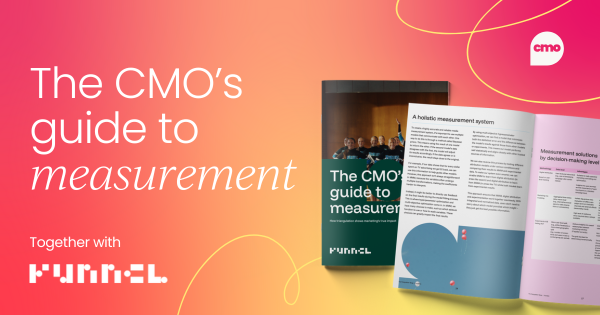
7. Adding to the culture vs. being a culture “fit”
The phrase “culture fit” can mean “someone who thinks like us” or “someone we’d get a beer with.” It can lead to bias and homogeneity.
Valuing diversity means shifting to a culture-add mindset: actively looking for people who bring new perspectives, challenge norms, and contribute to a richer, more nuanced culture.
This changes the way you hire and how teams collaborate, as it pushes people to grow instead of maintaining the status quo.
8. Leadership must set the tone
A company’s values aren’t truly defined by its marketing but by what its leaders do when no one’s looking. So, valuing diversity has to start at the top. Leadership teams must go beyond endorsing initiatives and actually model inclusive behaviors, sponsor diverse talent, and hold themselves personally accountable for progress.
By doing so, you can create a culture where everyone understands that diversity is expected, celebrated, and essential to success.
Of course, it’s also good to see more diverse representation in leadership. For example, in 2024, about 53% of Fortune 500 companies’ CMOs in the US were women.
9. You’ll see it in the little things
Valuing diversity doesn’t just show up in policies and initiatives – it shows up in daily interactions. For example, in the tone of internal communications, in how meetings are run and who gets invited into rooms, in whether someone feels like they can speak up without issues.
- Are all holidays acknowledged equally?
- Are benefits inclusive of different family structures and needs?
- Do your company rituals make some people feel left out or overlooked?
The companies that do this well don’t wait to be called out. They anticipate, ask, listen, and adjust.
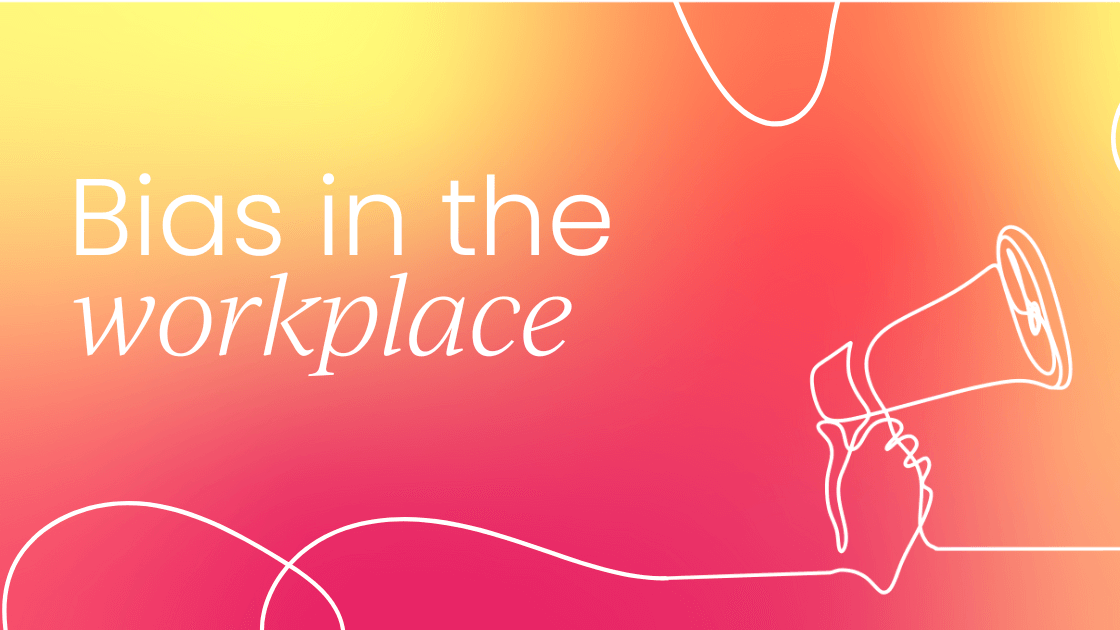
10. It’s a journey, not a checklist
Valuing diversity means being okay with being uncomfortable and being willing to learn and improve. You won’t always get it right.
But if you’re willing to lead with humility, act on feedback, and invest in real change, you can earn trust over time. Make sure to:
- Set public goals and report on them
- Admit when you fall short
- Bring in third-party experts
- Provide ongoing training, not one-and-done workshops
- Make DEI part of leadership KPIs, not a side project
In short
Most companies say they care about diversity. You’ll see it in mission statements, career pages, onboarding documents, etc. – but many of those claims won’t go deeper than a line of text and a few photos on the site.
To value diversity means actively recognizing, respecting, and appreciating the differences among people, as well as looking at differences as strengths rather than obstacles.
Join our growing Slack community for direct access to the best and brightest CMOs and marketing leaders.
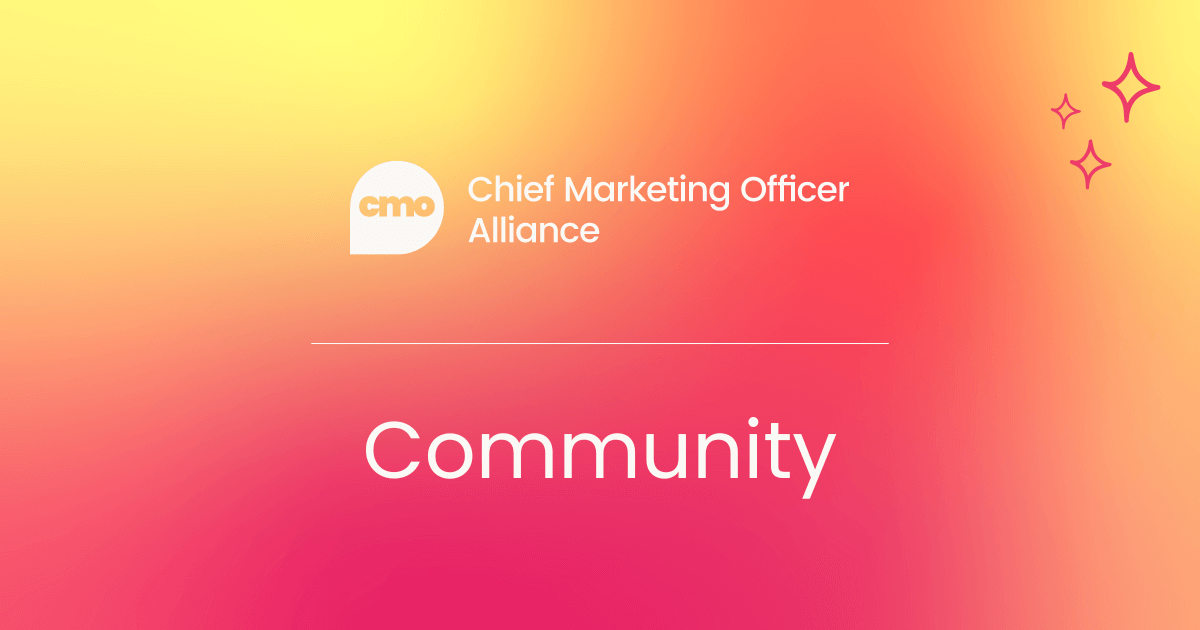






.png)



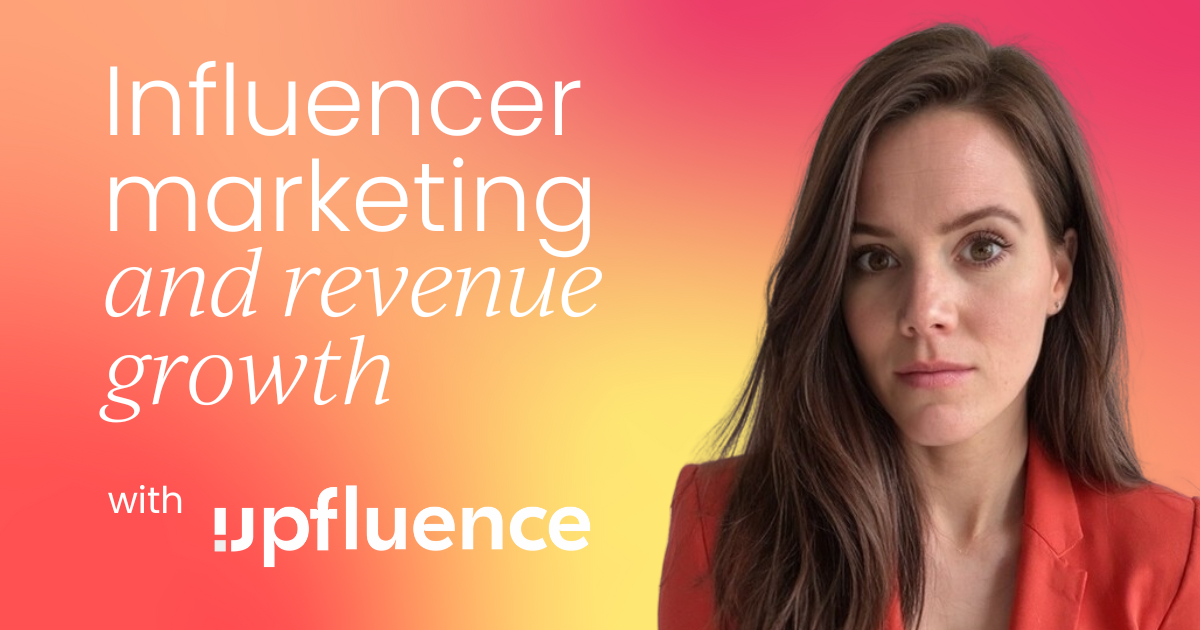





 Follow us on LinkedIn
Follow us on LinkedIn




